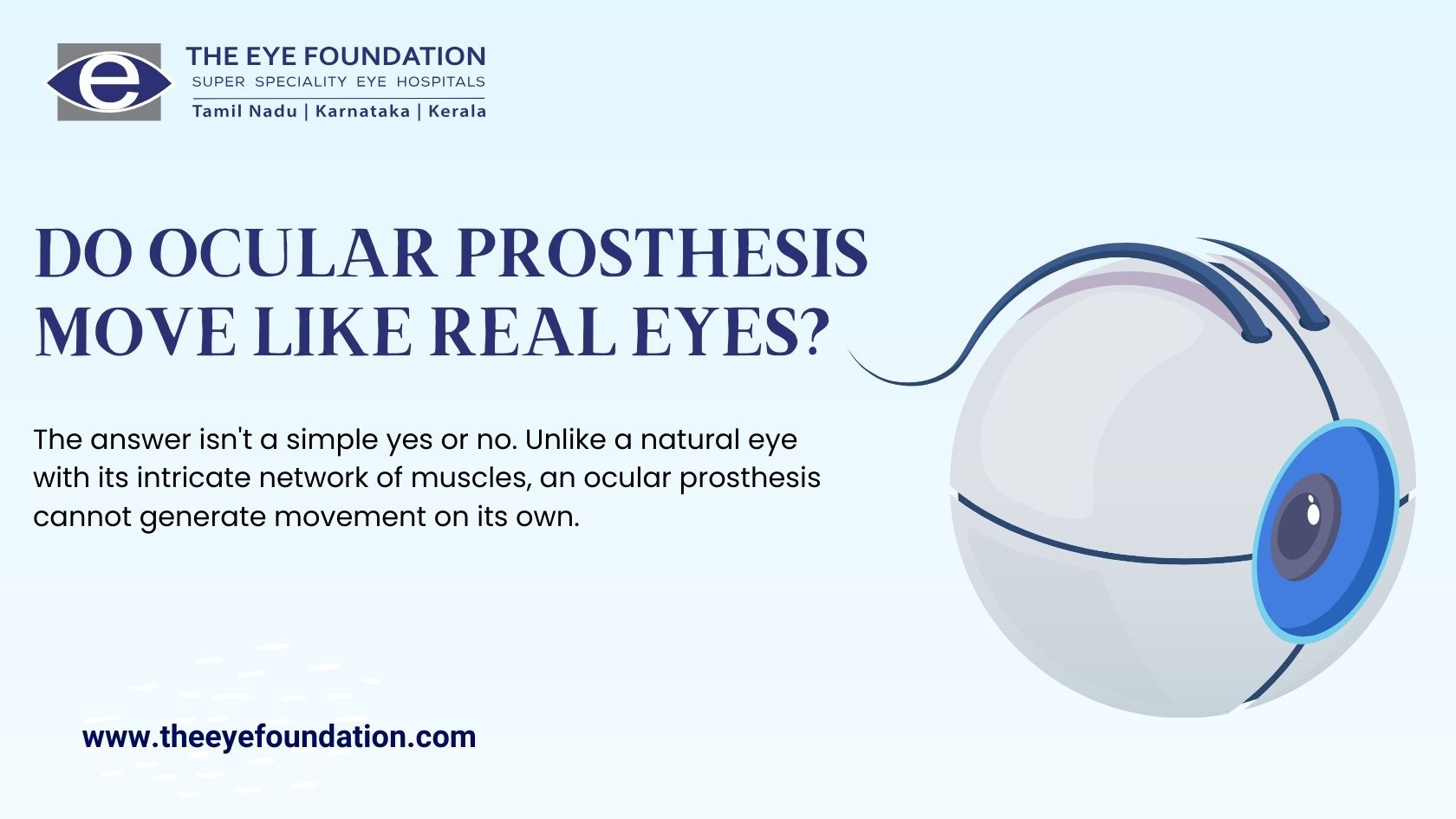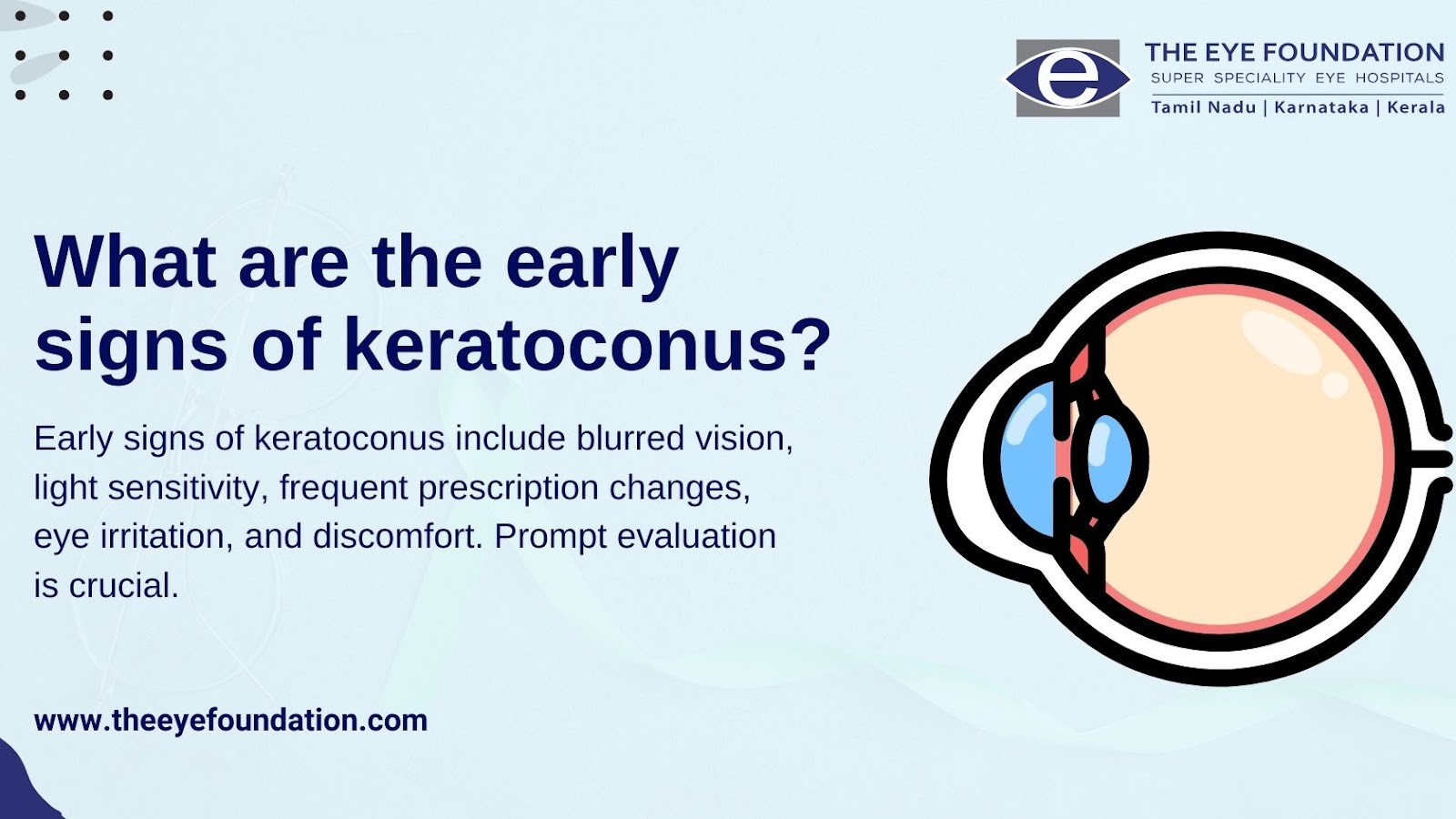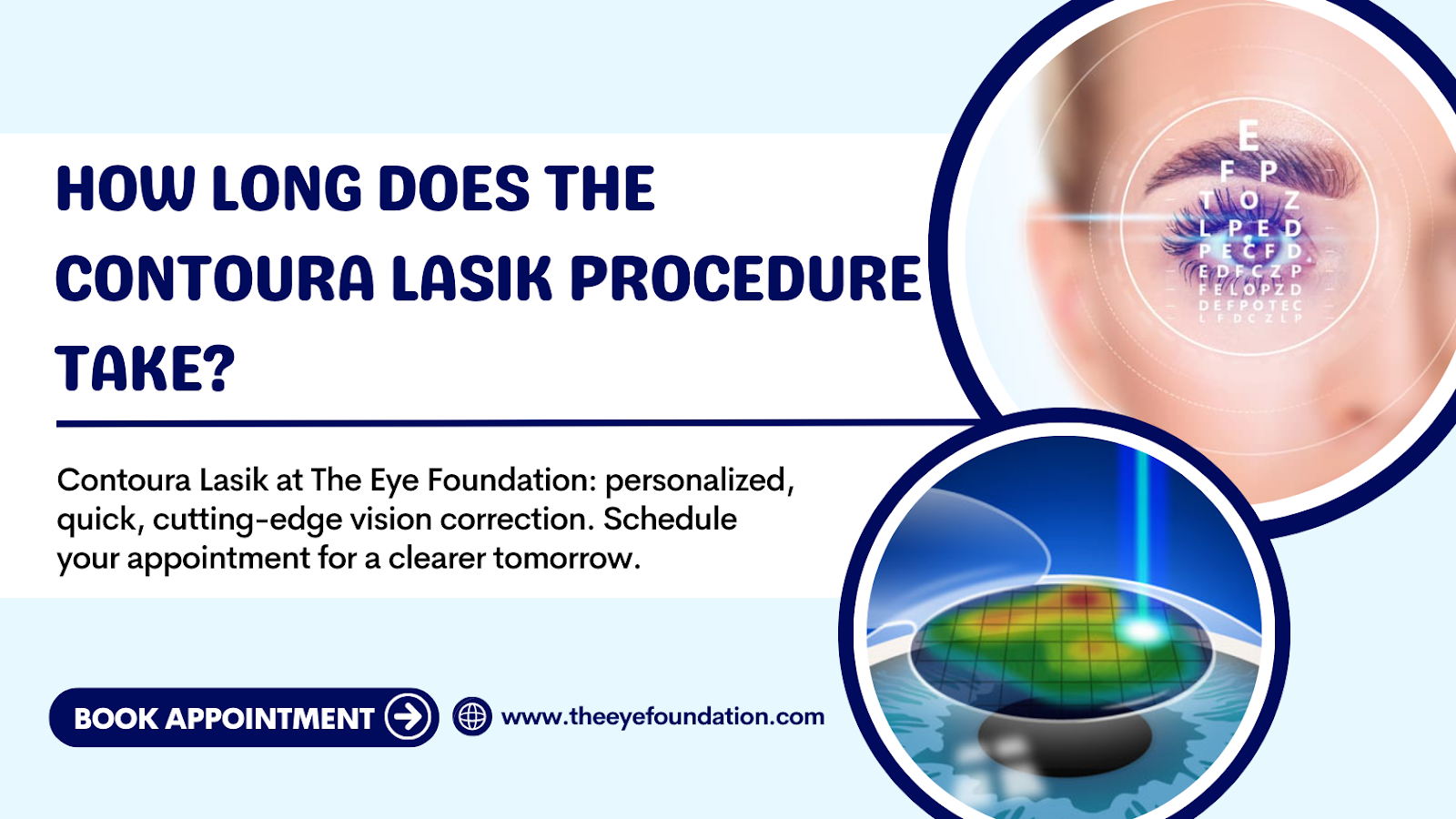Losing sight in one eye can be a life-altering experience. While the emotional and psychological adjustments are significant, advancements in modern medicine offer solutions to restore facial symmetry and maintain a sense of normalcy. Ocular prosthesis, also known as artificial eyes, play a crucial role in this process, but a common question arises: Do they move like real eyes?
The answer isn't a simple yes or no. Unlike a natural eye with its intricate network of muscles, an ocular prosthesis cannot generate movement on its own. However, it can be designed to mimic and adapt to the remaining movements of your eye socket.
Here's a deeper look into how ocular prosthesis achieve this:
- Surgical considerations: During the procedure to implant an ocular prosthesis, surgeons attach the remaining eye muscles to an implant within the eye socket. These muscles are then responsible for some degree of movement, which the prosthesis is crafted to follow.
- Tailored design: Ocularists, specialized technicians, carefully create each prosthesis to match the individual's remaining eye movement and appearance. This ensures a natural and synchronized movement, enhancing the overall aesthetic effect.
It's important to understand that the movement of an ocular prosthesis won't be identical to a natural eye. The range and fluidity might be slightly limited. However, with advancements in technology and the expertise of ocularists, prosthetic eyes are becoming increasingly sophisticated, offering a remarkable level of realism and functionality.
Living life to the fullest after vision loss is absolutely possible. At The EYE Foundation, we understand the unique challenges faced by individuals requiring ocular prostheses. Our team of ophthalmologists, ocularists, and other healthcare professionals are dedicated to providing comprehensive care, support, and guidance throughout your journey.
Schedule an appointment with us today to discuss your individual needs and explore the possibilities of regaining facial symmetry and confidence with a custom-made ocular prosthesis. Remember, you deserve to see the world clearly, both physically and emotionally.






